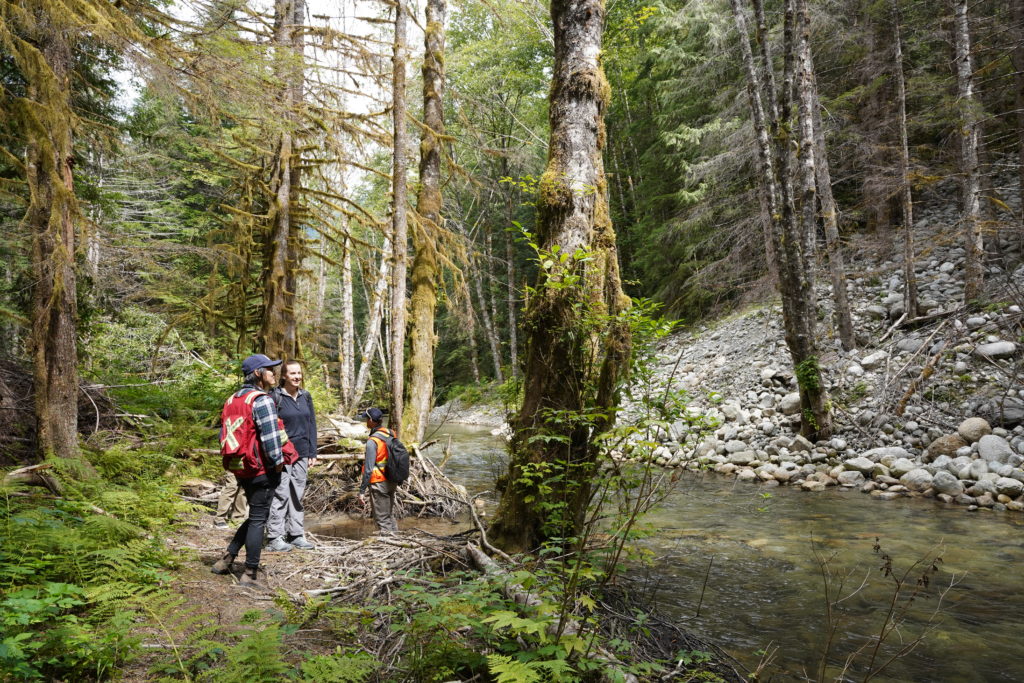The salmon came back — and so did we
Salmon populations in B.C.’s Fraser River have been declining dramatically, so we spoke with freshwater senior specialist Heather Crochetiere about how we’re partnering with local communities to restore this crucial species.

What exactly is happening in the Fraser River watershed?
As we noted in the Watershed Reports, the Lower Fraser basin is highly threatened from pollution, habitat loss, and habitat fragmentation from flood control infrastructure and blockages in the rivers. On top of these pressures, climate change is affecting water temperature and flow patterns, which have serious implications for species like salmon.
Why are we supporting restoration efforts in this region?
Many First Nation communities, local economies and wildlife rely on salmon, but populations have been running low. This year saw the lowest run of Sockeye salmon ever recorded. Chinook populations have also been declining, with spawner numbers decreasing from 3,500 in the 1960s to as low as 75 in 2018. The situation is quite dire. We first partnered with Katzie First Nation last year on restoration efforts through the WWF-Canada Restoration Fund supported by Coca-Cola Canada.
Which areas have been restored so far?
The work originally focused on restoring the Upper Pitt River’s Blue Creek, a hot spot for Chinook salmon. This spawning habitat was damaged by a landslide caused by unsustainable land-use practices. The work included removing in-stream barriers, stabilizing the foot of the landslide, and raising the bank to prevent flooding from future damages. By restoring the flow and spawning beds, Chinook were soon spotted coming back to this area and also moving upriver beyond the damaged area!
That work was so successful we co-created a multi-year plan with Katzie First Nation to restore other areas in the region, driven by their priorities and knowledge. This year, we restored two additional sites and began monitoring and assessment for future sites.
What will be the impact of these efforts?
This work is helping to bring back a species that once flourished in this watershed. Salmon are important to Katzie First Nation, in fact they consider them family who need to be respected and cared for. They are more than just fish to them, but they’re also an important species for wildlife. Chinook salmon are the primary prey for Canada’s most endangered whale population, the southern resident killer whale. Restoring spawning habitats means protecting future generations of salmon, and this work is laying the foundation for a regional plan to restore more habitat in the Fraser watershed.
It’s also a great example of how we partner and build relationships with Indigenous communities. Katzie’s knowledge of their territory is helping ensure that their community and local wildlife continue to thrive.

